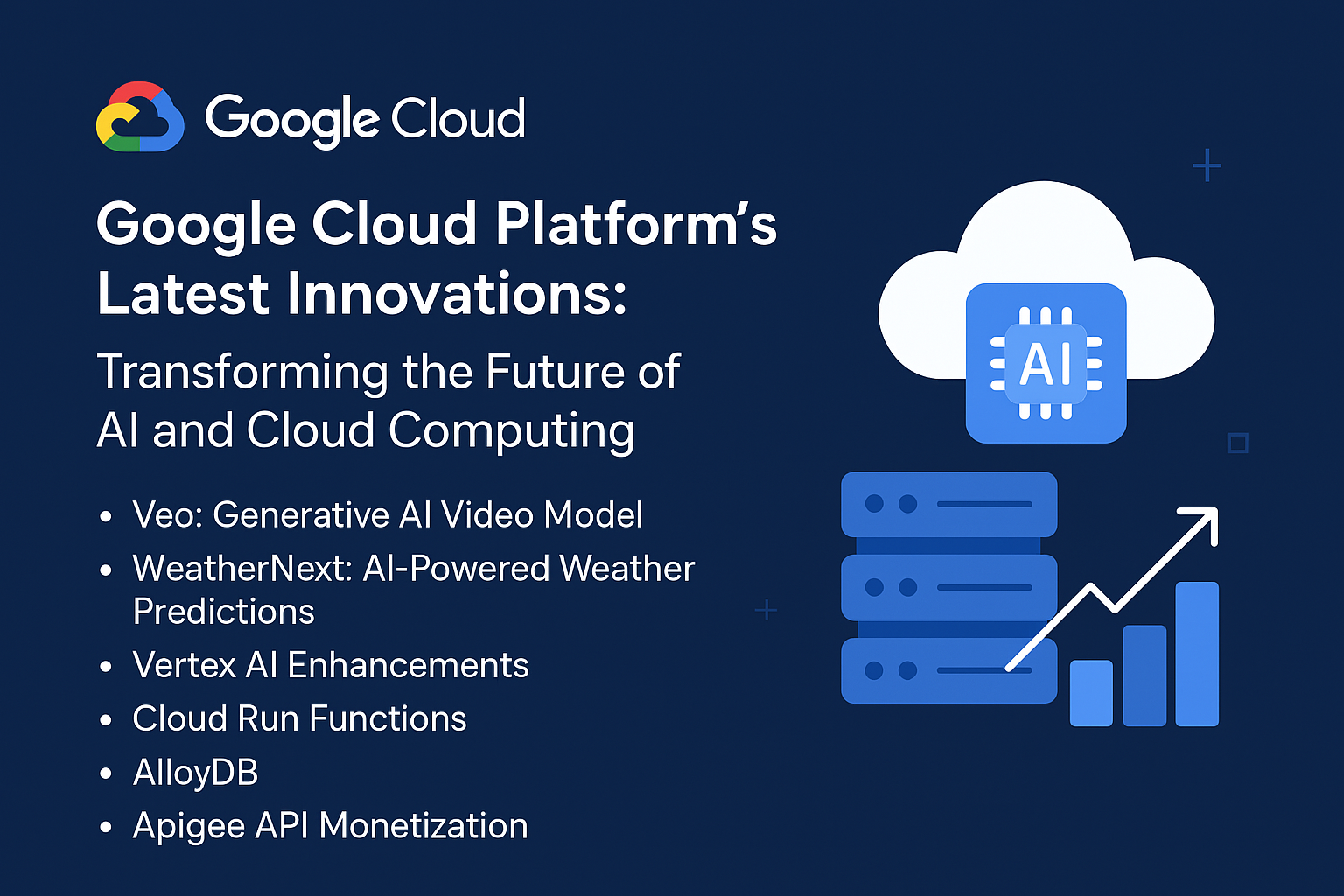The transition to electric vehicles (EVs) is more than just a shift in automotive technology; it represents a seismic shift in the global economic landscape. As nations, corporations, and individuals pivot towards EVs, the effects ripple through various sectors of the economy. Artificial Intelligence (AI) is playing a pivotal role in this transition, driving efficiencies and creating new economic opportunities. This article explores the economic ripple effect of EV adoption and highlights AI’s integral role in steering us towards a new economic model.
Understanding the Economic Ripple Effect of EV Adoption
The adoption of electric vehicles is having a profound impact on various economic sectors. This impact can be categorized into several key areas:
1. Transformation in the Automotive Industry
The automotive industry is undergoing a significant transformation as EVs gain market share. Traditional internal combustion engine (ICE) vehicles are being replaced by electric alternatives, leading to a shift in the industry’s economic structure.
- Job Displacement and Creation: The rise of EVs is causing job displacement in sectors related to ICE vehicles, such as engine manufacturing and maintenance. However, it is also creating new jobs in battery production, EV assembly, and charging infrastructure development. According to a 2023 report by the International Energy Agency, the EV sector is expected to create millions of new jobs globally in the coming decades.
- Supply Chain Disruptions: The shift to EVs is altering supply chains. Traditional suppliers of automotive parts, such as exhaust systems and transmissions, are seeing reduced demand. Conversely, suppliers of lithium, cobalt, and other materials critical for battery production are experiencing increased demand. A McKinsey report highlights the need for new supply chain strategies to address these changes.
2. Impact on Oil and Gas Industries
The rise of EVs is expected to reduce global demand for oil, leading to a decrease in oil prices and affecting economies that rely heavily on oil revenues.
- Price Volatility: With a reduction in oil demand, countries dependent on oil exports may experience economic instability. This shift could lead to lower oil prices, which might benefit consumers but could hurt oil-exporting nations’ economies. A Bloomberg analysis provides insights into the potential volatility in oil prices due to EV adoption.
- Investment Shifts: Oil companies are increasingly investing in renewable energy sources and EV-related technologies as part of their strategy to diversify their portfolios. This shift is altering the investment landscape within the energy sector.
3. Changes in Urban Infrastructure
The integration of EVs into urban environments necessitates significant changes in infrastructure.
- Charging Infrastructure: The development of EV charging infrastructure is a major economic activity. Public and private investments in charging stations are creating new business opportunities. According to Statista, the number of EV charging stations worldwide is expected to grow exponentially over the next decade.
- Urban Planning: Cities are adapting their planning and development strategies to accommodate the needs of EVs, such as dedicated parking spaces and charging facilities. This adaptation is leading to new urban development projects and economic activity.
AI’s Role in the Transition to a New Economic Model
Artificial Intelligence is crucial in facilitating the transition to a new economic model driven by EV adoption. Here’s how AI is making a difference:
1. Optimizing Manufacturing Processes
AI technologies are enhancing the efficiency of EV manufacturing processes.
- Predictive Maintenance: AI-powered predictive maintenance systems can anticipate equipment failures before they occur, reducing downtime and maintenance costs in EV production facilities. Forbes discusses how AI is revolutionizing manufacturing through predictive analytics.
- Quality Control: AI-driven quality control systems use computer vision and machine learning to identify defects and ensure high-quality production standards. This leads to improved product reliability and reduced recall rates.
2. Enhancing Battery Technology
AI is driving advancements in battery technology, which is crucial for the success of EVs.
- Battery Life and Efficiency: AI algorithms analyze data from battery usage to optimize battery life and performance. Researchers are using AI to develop new materials and designs that enhance battery efficiency and reduce costs. MIT Technology Review explores the role of AI in battery innovation.
- Recycling and Disposal: AI is also being used to improve the recycling processes for EV batteries, ensuring that valuable materials are recovered and environmental impacts are minimized.
3. Facilitating Smart Grid Integration
The widespread adoption of EVs requires a robust and intelligent grid infrastructure.
- Demand Forecasting: AI tools help in forecasting the electricity demand of EVs, allowing utilities to optimize energy distribution and avoid grid overloads. This ensures that the energy infrastructure can support the growing number of EVs. IEEE Spectrum provides insights into how AI is enhancing grid management and energy distribution.
- Vehicle-to-Grid (V2G) Systems: AI facilitates the development of V2G systems, where EVs can supply energy back to the grid. This creates new revenue streams for EV owners and helps stabilize the grid. ResearchGate offers a detailed analysis of V2G technology and its potential impact.
4. Driving Autonomous Vehicle Technology
Autonomous vehicles, a subset of EVs, rely heavily on AI.
- Safety and Efficiency: AI algorithms enable autonomous vehicles to navigate safely and efficiently, reducing traffic accidents and optimizing travel routes. This can lead to significant economic benefits through reduced transportation costs and improved traffic flow. The Guardian explores the impact of autonomous driving technology on the economy and society.
- New Business Models: The rise of autonomous EVs is giving birth to new business models, such as ride-sharing and mobility-as-a-service (MaaS), which could transform the transportation industry and create new economic opportunities.
Conclusion
The adoption of electric vehicles is reshaping the global economy in profound ways. The economic ripple effect of this transition is visible across various sectors, from automotive manufacturing and oil industries to urban infrastructure and energy distribution. Artificial Intelligence is at the forefront of this transformation, playing a crucial role in optimizing manufacturing processes, advancing battery technology, enhancing grid management, and driving autonomous vehicle innovations.
As we continue to embrace EVs and the associated technologies, understanding and leveraging AI will be essential for navigating the evolving economic landscape. The intersection of EV adoption and AI offers a glimpse into a future where economic models are driven by sustainability, efficiency, and innovation.
For further reading and resources on the economic impact of EVs and the role of AI, check out these additional materials:
- International Energy Agency Global EV Outlook 2023
- McKinsey Report on the Global Electric Vehicle Transition
- Statista on EV Charging Stations
- MIT Technology Review on AI and Battery Technology
- IEEE Spectrum on Smart Grid AI
- ResearchGate on Vehicle-to-Grid Technology
- The Guardian on Autonomous Vehicles and AI
These resources provide valuable insights into how the adoption of electric vehicles and advancements in AI are shaping the future economic model.

